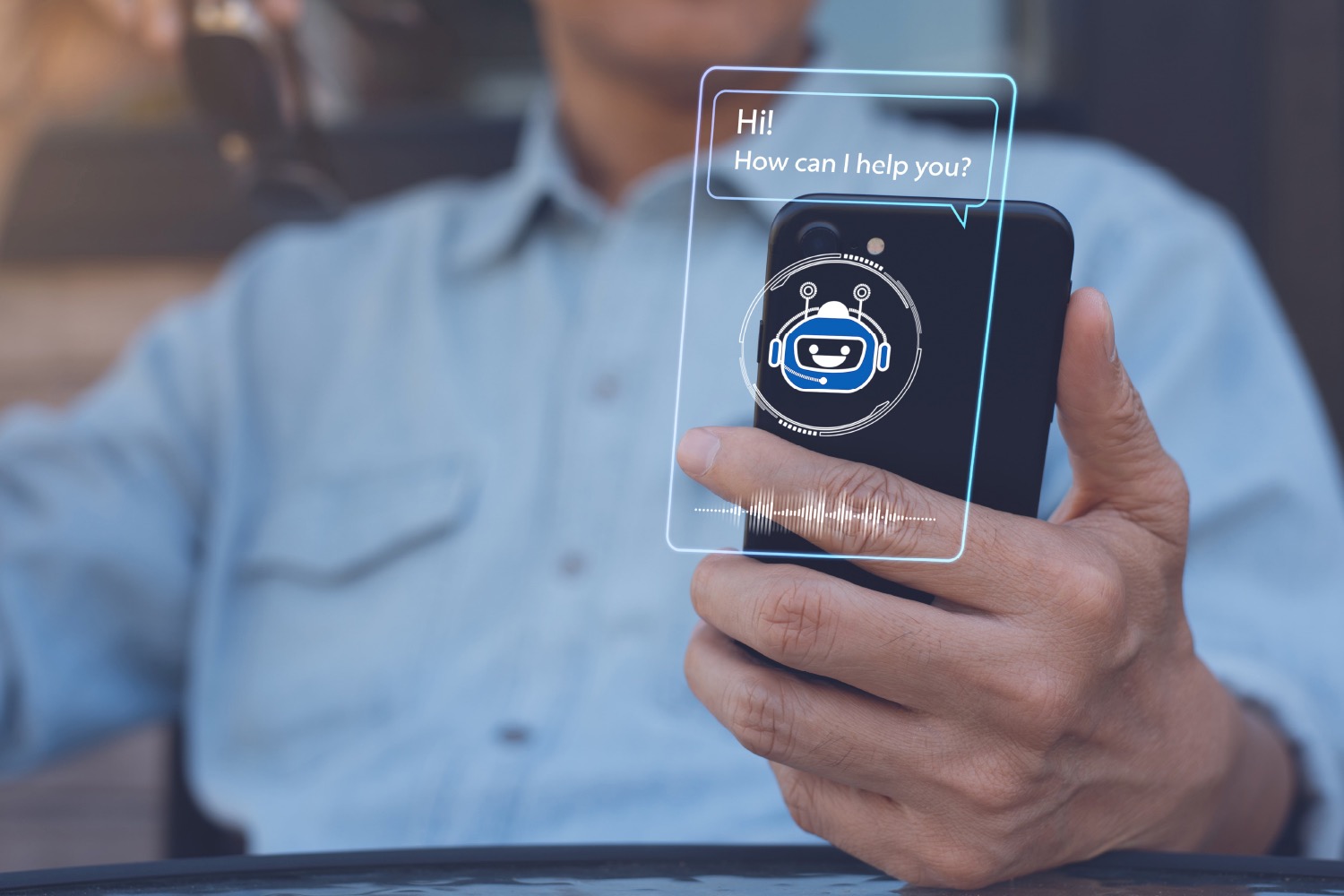A Quick Guide to the Use of NLP in Chatbots
A Quick Guide to the Use of NLP in Chatbots

Chatbots have been rapidly gaining in popularity in the past few years. Their ability to mimic and understand human conversation has made them a valuable tool for businesses and organizations who wish to automate their customer service or interact with their customers on a more personal level.
One of the key technologies that chatbots use to achieve these goals is Natural Language Processing (NLP). NLP is a field of artificial intelligence that deals with the manipulation and understanding of human language. In the context of AI chatbots, NLP is used to process the user's input and understand what they are trying to say. Chatbots that do not use NLP use predefined commands and keywords to determine the appropriate response.
How Does NLP Help Chatbots Understand Human Language?
NLP chatbots understand human language by breaking down the user's input into smaller pieces and analyzing each piece to determine its meaning. This process is called "parsing." Once the chatbot has parsed the user's input, it can then respond accordingly.
This process, in turn, creates a more natural and fluid conversation between the chatbot and the user. Additionally, NLP can also be used to analyze the sentiment of the user's input. This information can be used to tailor the chatbot's response to better match the user's emotional state.
Not all chatbots require this amount of NLP processing. For example, a chatbot that is used for basic tasks, like setting reminders or providing weather updates, may not need to use NLP at all. However, when used for more complex tasks, like customer service or sales, NLP-driven AI chatbots are a huge benefit.
How is NPL Used in Chatbots?
There are many different ways that NLP can be used in chatbots. Each chatbot platform has its own set of NLP features and capabilities. However, some of the most common ways that NLP is used in chatbots include:
Intent detection: This is the process of determining what the user's intention is when they send a message to the chatbot. For example, if a user says, "I need help," the chatbot will know that the user is looking for customer support.
Entity extraction: This is the process of extracting relevant information from the user's input. For example, if a user says, "I need to book a flight from Dubai to Riyadh," the chatbot will be able to extract the entities "Dubai," "Riyadh," and "flight" from the user's input and act accordingly.
Sentiment analysis: This is the process of determining the emotional state of the user based on their input. For example, if a user says, "I'm angry," the chatbot will know that the user is feeling negative emotions.
Storytelling: This is the process of using NLP to generate a response that tells a story. For example, if a user says, "I'm feeling sad," the chatbot could generate a response that tells the user a story about a time when the chatbot was also feeling sad.
The Benefits of Using NLP Chatbots

The younger generation has grown up using technology such as Siri and Alexa. As a result, they expect the same level of natural language understanding from all bots. By using NLP, businesses can use a chatbot builder to create custom chatbots that deliver a more natural and human-like experience.
However, there is much more to NLP than just delivering a natural conversation. NLP can also be used to improve the accuracy of the chatbot's responses, as well as the speed at which it responds. Additionally, NLP can help businesses save money by automating customer service tasks that would otherwise need to be performed by human employees.
Personalization is another huge benefit of using NLP in chatbots. By understanding the user's input, chatbots can provide a more personalized experience by recommending products or services that are relevant to the user. This can be particularly powerful in a context where the bot has access to a user's previous purchase or shop browsing history.
This creates a better user experience and also helps businesses increase sales and conversions. Finally, NLP can also be used to create chatbots that can understand multiple languages. This is a huge benefit for businesses that need to support customers from all over the world.
Conclusion
NLP is a powerful tool that can be used to create custom chatbots that deliver a more natural and human-like experience. However, NLP is much more than just delivering a natural conversation. NLP can also be used to improve the accuracy of the chatbot's responses, as well as the speed at which it responds. Additionally, NLP can help businesses save money by automating customer service tasks that would otherwise need to be performed by human employees. NLP is a powerful tool that can be used to create AI chatbots that are more accurate, efficient, and personalized.
Related articles

07 June 2023
How to Help Multilingual Audiences with Conversational Marketing
Read more



